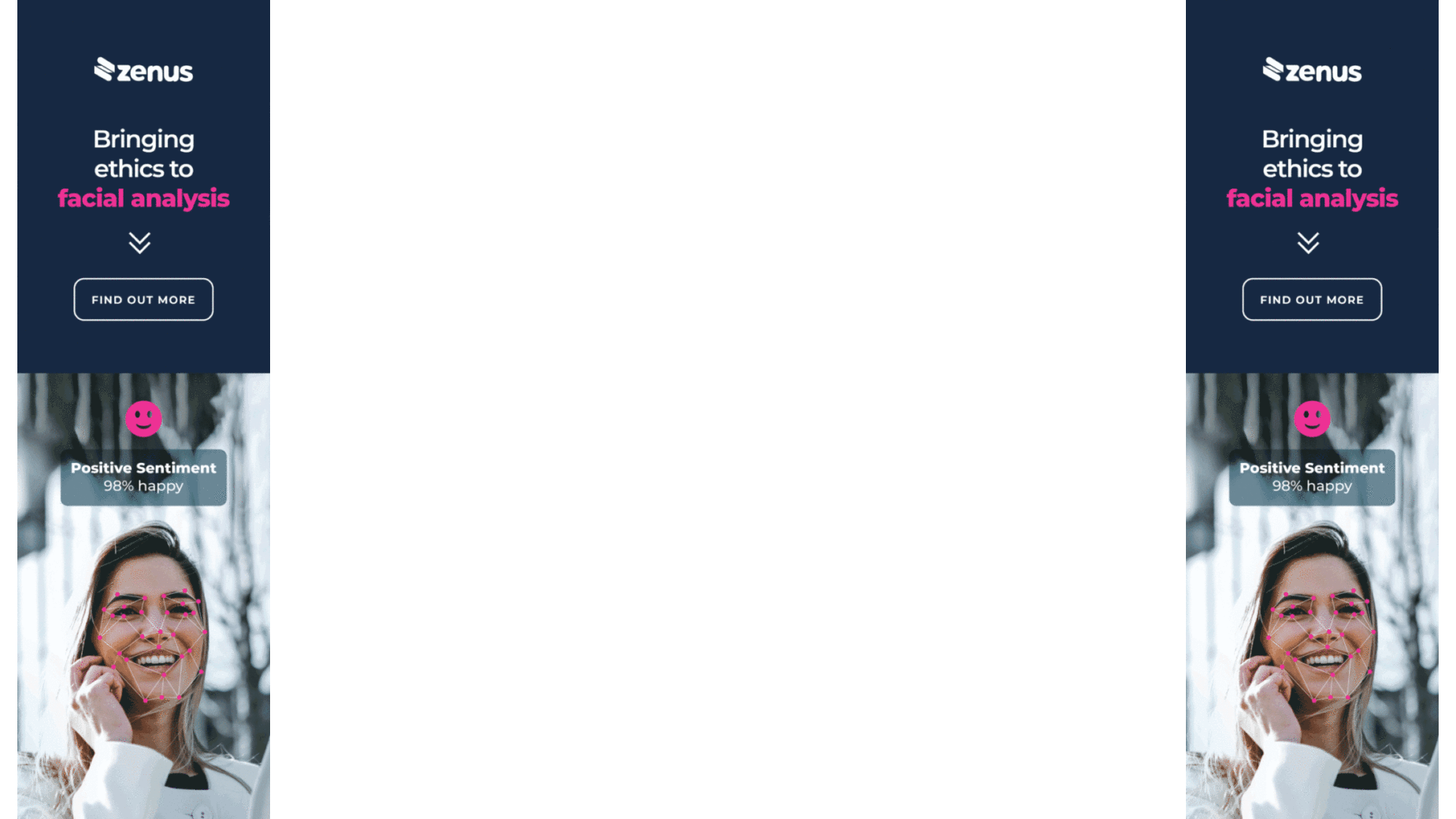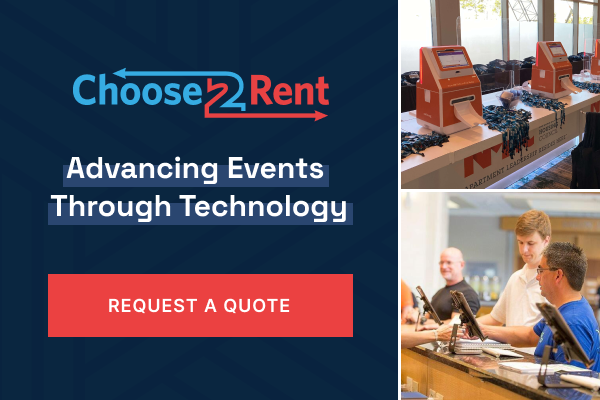Written by Sabeha Mohamed, Head of Demand Generation, Eventbrite UK.
If you’ve run a free-to-attend event before, you’ll probably understand the disappointment that comes when half of the people who said they’d come simply don’t turn up. Without the financial commitment, it’s far easier for attendees to give your event a miss than if they’d forked out some cash. Fear not, however: there are some great techniques to help boost attendance at free events that can reduce no-shows considerably.
Offering a service or giveaway that’s relevant to the audience is a good way of enticing people in. That might be as simple as tea, coffee or a breakfast bap, but it can be more sophisticated, like the promise of CPD (Continuous Professional Development) points to all attendees. Think about adding value that might motivate people to change their routine and attend your event.
You could also improve attendance by asking for a deposit at registration to secure a place. The money gets refunded at the event, helping ensure the person turns up. This adds some admin work, but if you can manage it, this approach should significantly reduce no-shows, allowing you to plan better.
Sometimes, having a reputation for getting the basics right can be enough to fill your room. Good speakers and useful, relevant content are sure ways to secure repeat attendance. And there’s nothing wrong with creating a little hype around your event. It’s helpful to build up a real sense of anticipation and community around their activities, getting people talking and creating a “I better not miss this” feeling.
Playing on emotions can work too. Sending a “guilt trip” email a few hours beforehand can be enough to reduce no-shows. Something like: “really looking forward to seeing you at our event this evening”. It’s unlikely to make a difference if someone has a genuine diary clash, but if they just can’t be bothered to attend it might be the right tonic to change their behaviour.
Create the impression that places are free, but are precious and in high demand. Inform people on a registration site when tickets have sold out, then invite them to join a waiting list. The “sold out” tag creates a sense of desire and a fear of missing out. Send out a few reminder emails ahead of the event emphasising the importance of cancelling if plans have changed. This helps weed out the people who can’t show up and increases the perceived value of the ticket and therefore the likelihood of attendee showing up.
 Written by Sabeha Mohamed,
Written by Sabeha Mohamed,
Head of Demand Generation, Eventbrite UK.
Sabeha is a demand generation professional with over ten years experience defining marketing acquisition strategies via online and offline channels. Before she joined Eventbrite, she worked at LinkedIn managing c-suite event engagement strategy. Elevating the status-quo within the events industry and leveraging the power of data to drive engagement decisions are two areas of focus she’s passionate about.










